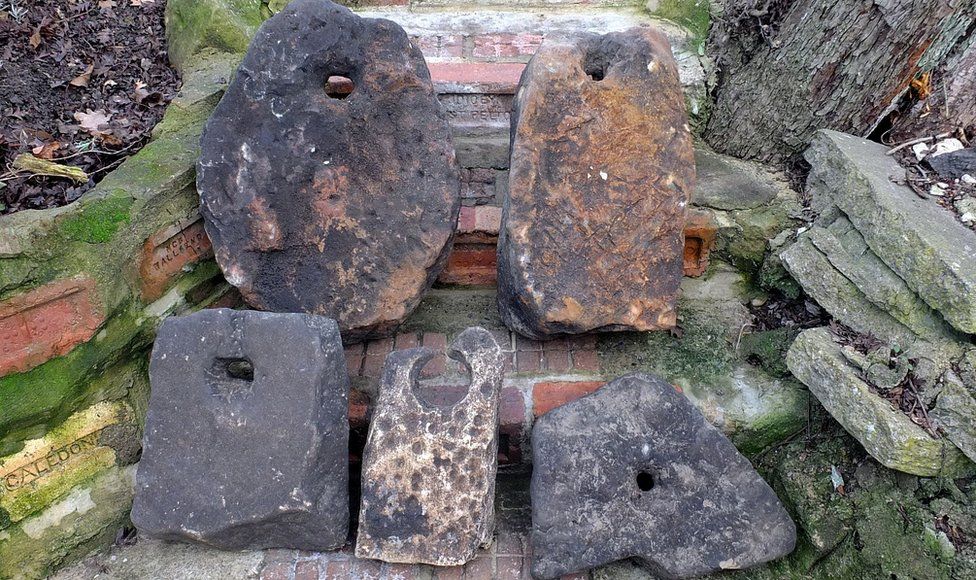
The Roman villa was discovered in the site of El Altillo in Jaen province of southern Spain. (Universidad Jaen/Real Press)
A massive 1,600-year-old Roman villa measuring over 20,000 square feet was discovered in southern Spain.
The villa boasts a huge mosaic measuring over 60 feet long.
The experts think that the villa probably belonged to a rich family that owned numerous farms, which is why they had enough capital to afford such a luxurious mosaic.
The excavations took place at the archeologic site of El Altillo, located in the municipality of Rus, in the southern Spanish province of Jaen, in the Andalusia region, after a few remains from the mosaic were unearthed.
Dr. Jose Luis Serrano Pena, co-director of the Villa El Altillo excavation project, along with Marcos Soto Civantos, decided to do a full-scale dig because the ancient remains were at risk of being destroyed by farmworkers in the area or of being stolen.
Read the rest of this article...





